The year was 1886, and the world was about to witness the birth of a legend – the first Mercedes-Benz automobile. Created by Karl Benz and Gottlieb Daimler, this vehicle marked the beginning of a new era in the automotive industry.
It was the culmination of years of hard work, innovation, and a vision for the future. In the name of legacy, and for the sake of nostalgia, let's revisit and take a closer look at the evolution of Mercedes-Benz and delve into the fascinating story behind their first model.
Related Reading: The Zoom-Zoom Journey: The Story of Mazda
In The Beginning, There Was A Mechanical Engineer...
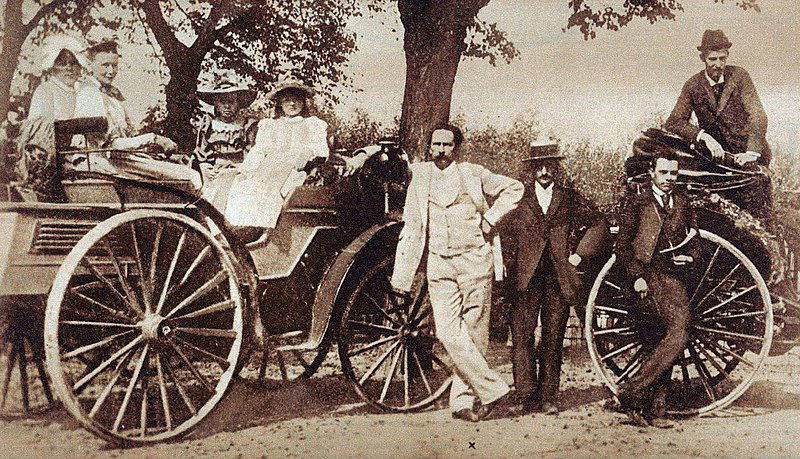
Karl Benz, a mechanical engineer, had always dreamt of creating a vehicle that could revolutionize transportation. In 1885, after years of experimentation, he finally achieved his goal and patented the world's first petrol-powered car.
The three-wheeled Benz Patent Motorwagen was a marvel of engineering, featuring a single-cylinder engine and a top speed of just 16 km/h (10 mph). It was a groundbreaking achievement that laid the foundation for the development of the modern automobile.
German Engineering: And Daimler Came Along
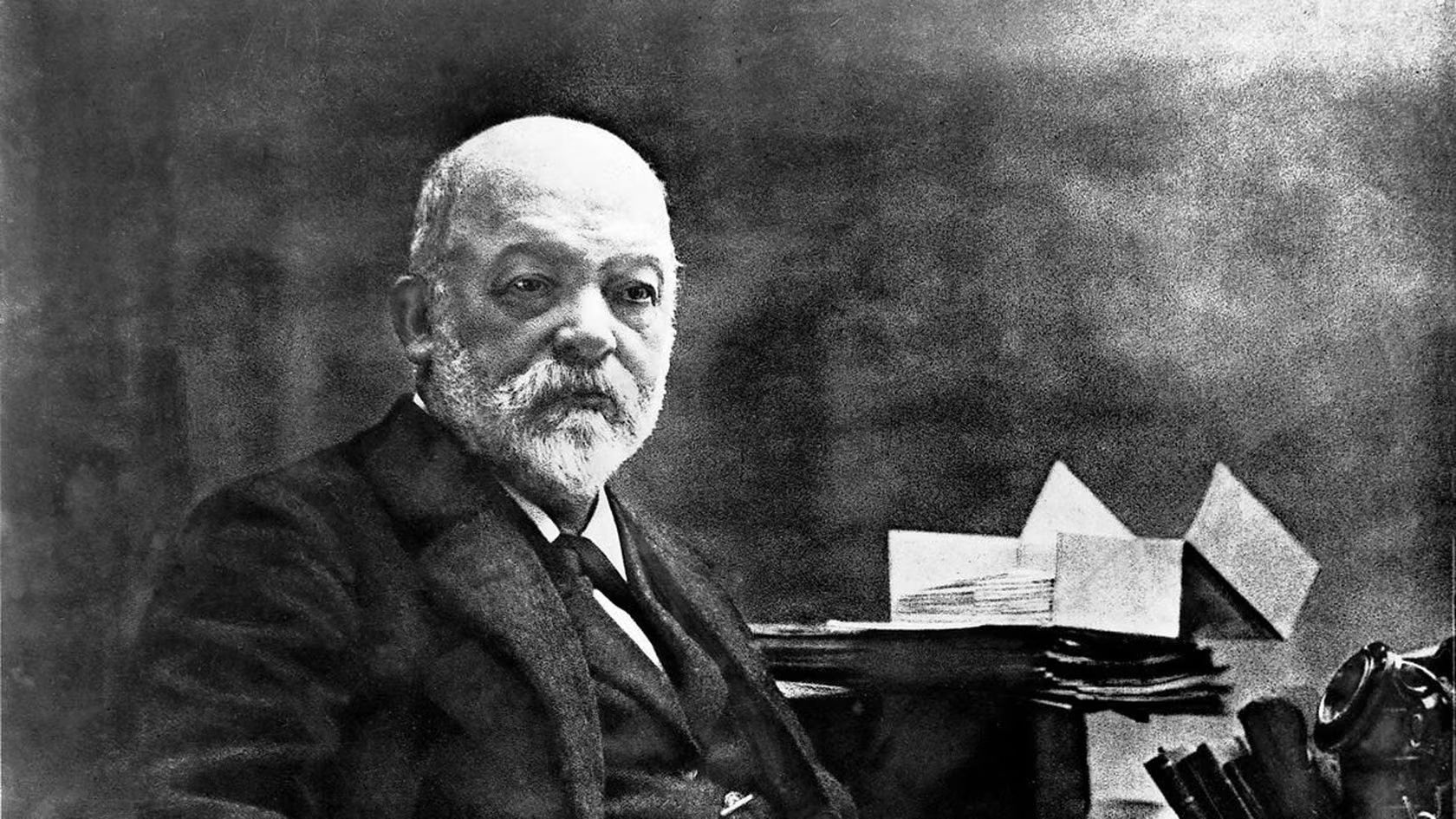
Meanwhile, Gottlieb Daimler was working on his own automobile. In 1886, he unveiled the Daimler Motor Carriage, which was powered by a four-stroke engine and had a slightly higher top speed of 18 km/h (11 mph).
Daimler's car was not as successful commercially as Benz's creation, but it showcased the immense potential of internal combustion engines and set the stage for future advancements.
Automotive pioneers: Daimler-Benz
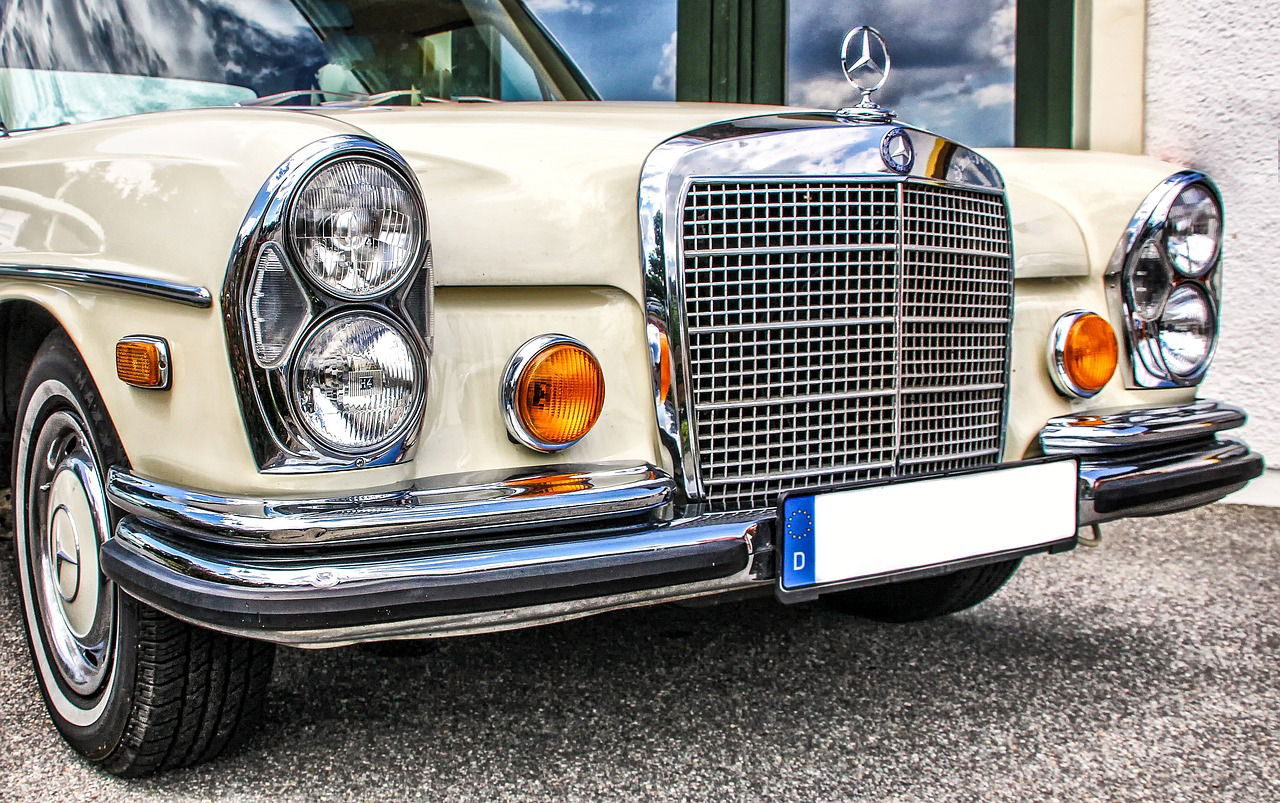
Recognizing the potential in each other's work, Benz and Daimler decided to join forces in 1926, forming the company we know today as Mercedes-Benz.
The merging of their respective companies brought together their individual expertise and solidified their position as pioneers in the automotive industry.
The first Mercedes-Benz model to be produced after the merger was the 1926 Mercedes-Benz 8/38 PS. This car featured a new inline-six engine and established the brand's reputation for engineering excellence and luxury. It was a symbol of status and sophistication, targeted towards the upper echelon of society.
Automotive Innovation
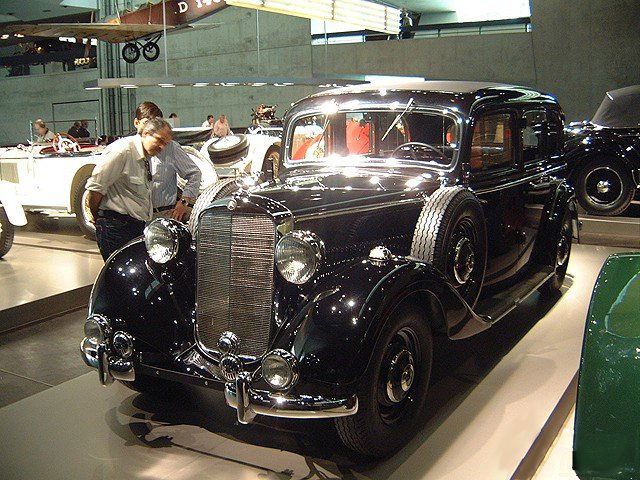
Over the years, Mercedes-Benz continued to innovate and push the boundaries of automotive technology. One of their most significant achievements came in 1936 with the introduction of the Mercedes-Benz 260D, the world's first diesel-powered passenger car.
This car revolutionized the industry by proving that diesel engines could be both efficient and reliable. It paved the way for the widespread adoption of diesel technology and established Mercedes-Benz as a leader in innovative engineering.
Automotive History: Trying Times
During World War II, Mercedes-Benz shifted its focus to military production, manufacturing tanks, aircraft engines, and other military vehicles. The war took a toll on the company, as their factories were bombed, and resources became scarce.
However, Mercedes-Benz managed to survive and rebound after the conflict, thanks to their rich history, loyal customer base, and commitment to quality. In the post-war era, Mercedes-Benz returned to producing passenger cars, focusing on luxury and performance.
Automotive Revolution: A Taste For Luxury
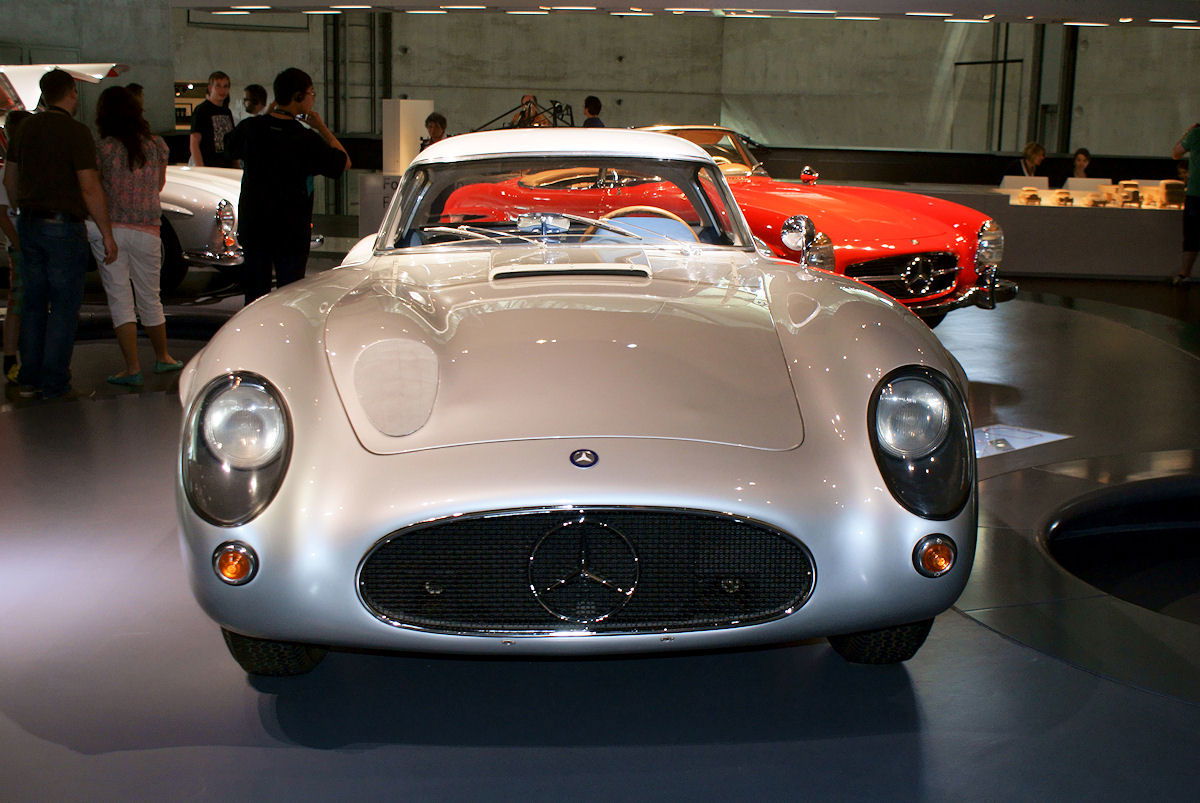
One of their most iconic models of this period was the Mercedes-Benz 300 SL, introduced in 1954. This car featured pioneering gullwing doors and a top speed of 260 km/h (160 mph), making it the fastest production car of its time.
The 300 SL became a symbol of automotive excellence and is still highly sought after by collectors today. Throughout the 20th century, Mercedes-Benz continued to introduce groundbreaking technologies and redefine the automotive landscape.
Historical Milestone
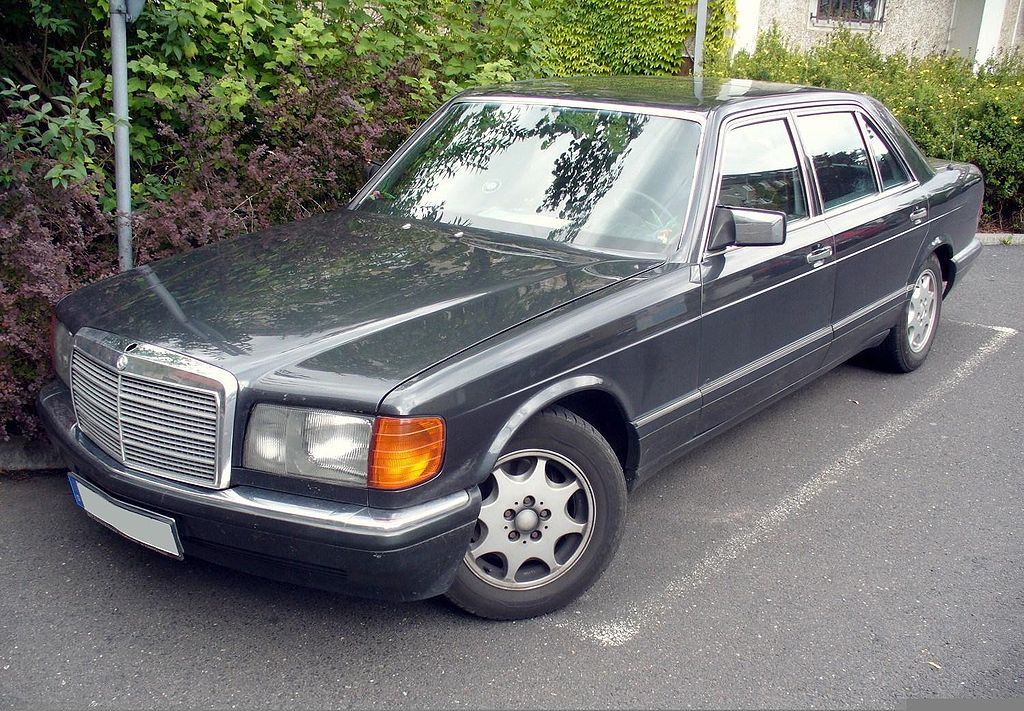
In 1978, they unveiled the revolutionary Mercedes-Benz W126, the first car in the world to feature anti-lock brakes (ABS). This technology greatly enhanced the safety of the vehicle, preventing the wheels from locking up during sudden braking and improving stability.
In the 1980s, Mercedes-Benz introduced another significant innovation – the airbag. The Mercedes-Benz S-Class was the first car to be equipped with this lifesaving feature as standard.
This commitment to safety and innovation helped solidify Mercedes-Benz's reputation as a brand that prioritizes driver and passenger well-being.
Automobile Evolution
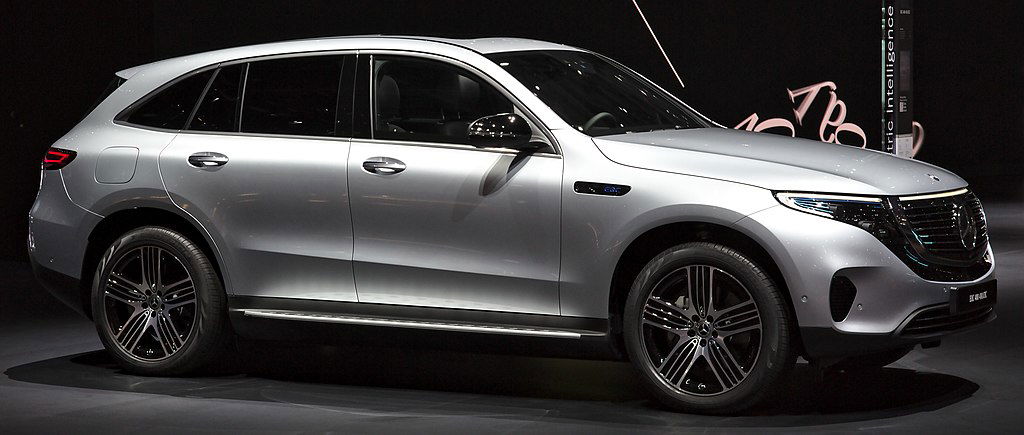
In recent years, Mercedes-Benz has embraced electric and autonomous technologies, paving the way for a more sustainable and connected future.
The release of the Mercedes-Benz EQC, the brand's first fully electric SUV, marked a significant milestone in their journey towards electric mobility. This model combines cutting-edge technology with the exceptional luxury and craftsmanship that Mercedes-Benz is known for.
The evolution of Mercedes-Benz over the past century is a testament to the brand's relentless pursuit of excellence and innovation.
Karl Benz's Invention: The First Model
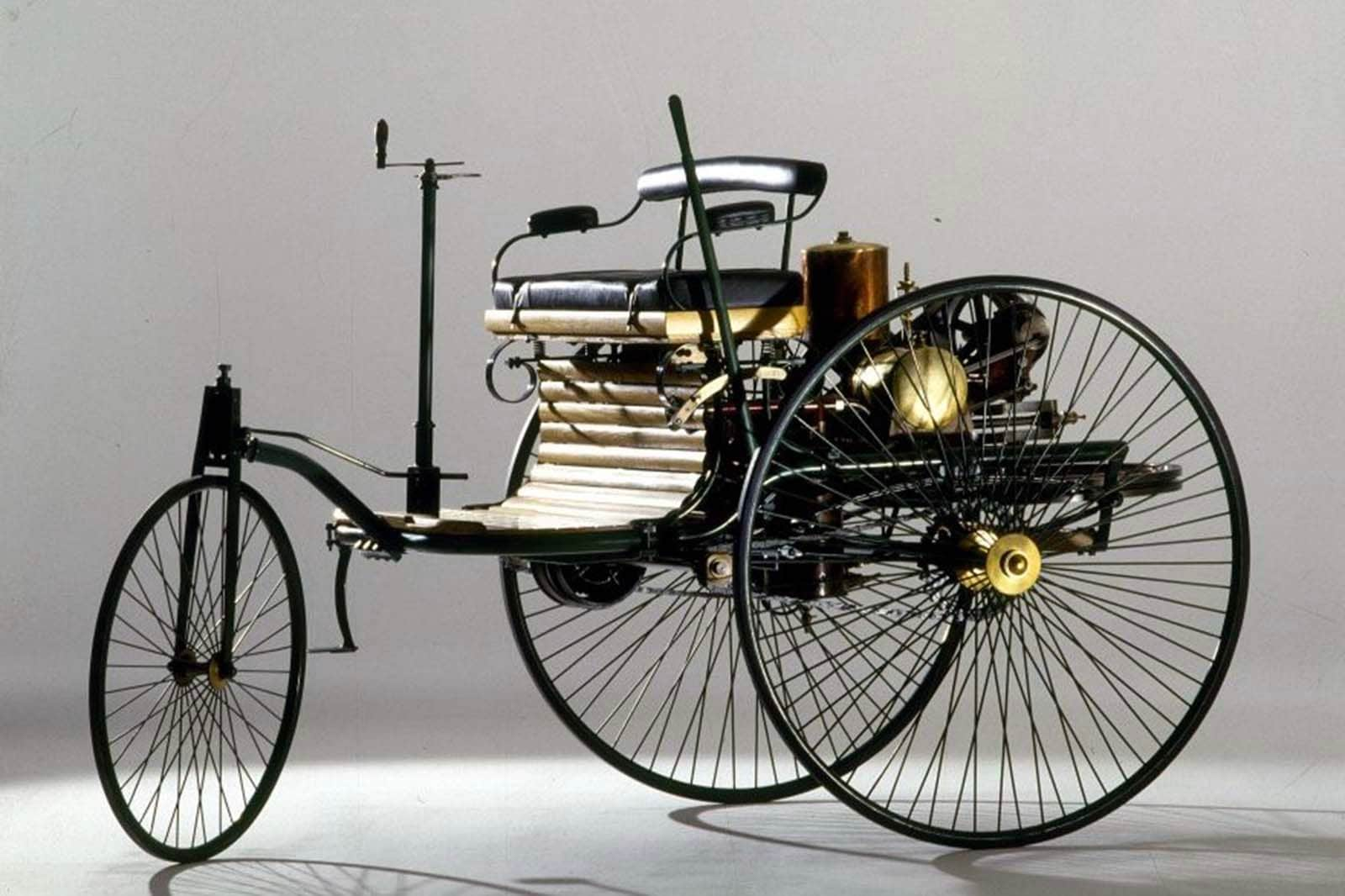
From the first petrol-powered car to the latest electric vehicles, Mercedes-Benz has continuously pushed the boundaries of what is possible in the automotive industry.
Their commitment to engineering excellence, luxury, and safety has solidified their position as one of the world's leading automobile manufacturers.
As we look back at the humble beginnings of Mercedes-Benz and their first model, it is clear that the vision and determination of Karl Benz and Gottlieb Daimler have left an indelible mark on the world.
Their pioneering work laid the foundation for the modern automobile, and their legacy continues to inspire generations of engineers and designers.
So, the next time you see a Mercedes-Benz on the road, take a moment to appreciate the rich history and heritage behind the iconic three-pointed star. It is a symbol of innovation, luxury, and a testament to the remarkable evolution of a brand that has shaped the automotive industry for over a century.